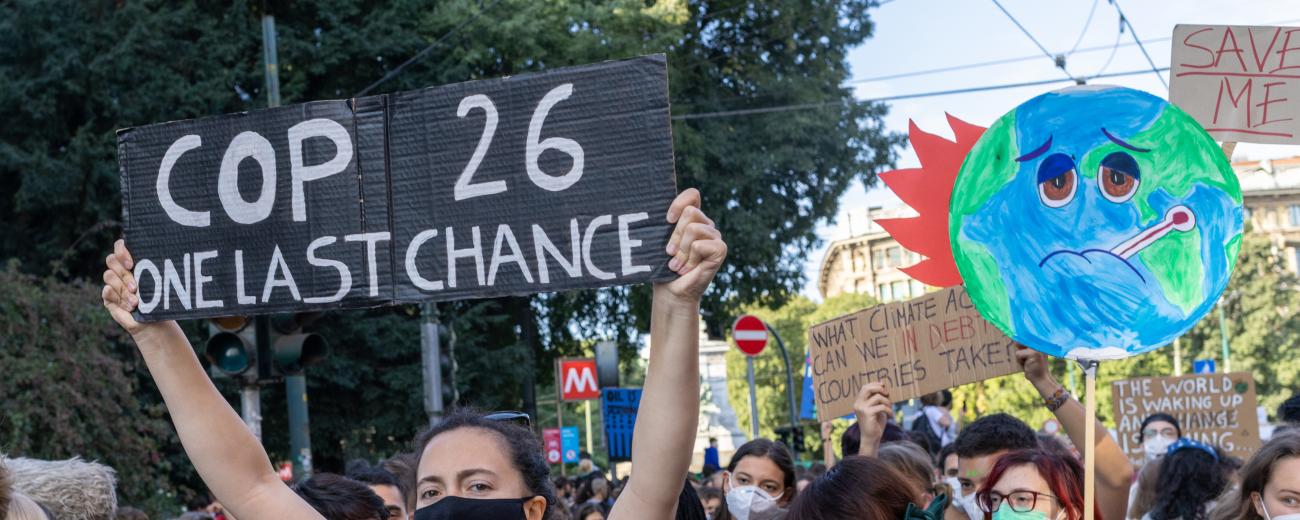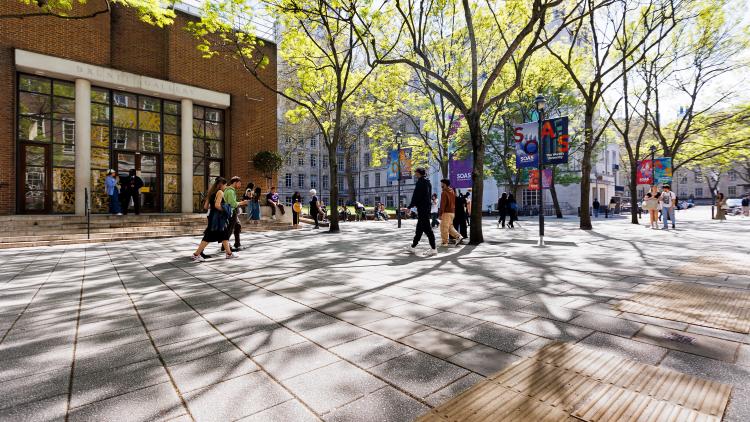Commitments and momentum of COP27


In the run up to COP27, or the “Africa COP” as it was dubbed, momentum was high following on from the excitement of COP26. At COP26 there was great momentum; momentum which in hindsight stemmed from the global anxiety of the COVID-19 pandemic and its effects.
Facing a global pandemic which called into question the equitable sustainability of the planet and humanity, our ways of living were increasingly challenged. Our world leaders were forced to acknowledge the real effects of climate change and why achieving the United Nations Sustainable Development Goals are essential to our survival. Thus, as COP26 in Glasgow commenced in November 2021, a year later than scheduled, many world leaders, institutions, companies, activist groups, and NGOs were keen to share updates about their alignment to the Paris Agreement and Kyoto Protocols.
Perhaps the most talked about developments from COP26 were the pledges made by Parties to phase out fossil fuels, as well as the $100 million for developing countries. No doubt world leaders, private sector companies and civil organisations were all heading to COP27 hoping to hear updates on these pledges. However, as COP27 approached, talks of backtracking on fossil fuel, 1.5 degrees goal and financial commitments quickly followed. The doubts about fulfilling commitments though, stemmed from the geo-political and post pandemic pressures countries were facing. From members of the Glasgow Financial Alliance for Net Zero (GFANZ) redacting their commitment made in Glasgow, to world leaders doubling down on their country’s goal to reach 1.5 degree, as stated in the Paris Agreement at COP21. It seemed that all the enthusiasm garnered during COP26 slowly, or might I say quickly, fizzled out by the time world leaders, activists, think tanks, NGOs and other like-minded individuals arrived in Egypt.
That’s not to say that COP27 lost sight of the vision. But the vision was slowing dimming away as the Parties began to meet, with negotiations turning into long drawn-out discussions about sentence structures and punctuation. I will say perhaps, the first real indication of trouble looming presented itself on Energy Day with Parties still unclear on how to approach Article 6 of the agreement. It appeared that if no agreement could be reached by the Parties regarding this critical mandate, then COP would have to drag on beyond its close. For those who may not be aware, Article 6 of the Paris Agreement focuses on voluntary cooperation and implementation of nationally determined contributions to support the scaling up of mitigation and adaptation plans for sustainable development and climate change. And surely, as with all things involving large sums of money, the disagreements on financing and who foots the bill began to spill over into every corner of the negotiations. But to be honest, we knew that COP27 was hanging on by a thread when UNFCCC Head, Simon Stiell stated that, “only 29 out of 194 countries came forward with tightened national plans”, noting the agreement made at COP26 for Parties to submit new plans before COP27.
As the week began to draw to an end, there was a buzz that an agreement would be made by some of the Parties who had successfully managed to agree overnight on a number of key decisions, turning 30 pages into 10. Delegates and observers alike crammed into the HoDs Cover Decision negotiations awaiting signs of consensus on the revised text drafted in the early hours of the morning. When the call from the Chair finally came to schedule a continuation after lunch, the excitement we all held on to had disappeared. Many observers, myself included, quickly agreed that we had COP fatigue from negotiations going nowhere and everywhere simultaneously. We, like many of the pundits, started to question the true intention of Parties – were they really thinking about the planet and those who they’re championing this cause for? Or, is it really a game of chicken with all sides trying to stronghold each other to see who will give in first?
Lest not to say COP27 was a complete failure in following up on the promises of COP26. In the end, there was a consensus and decision document highlighting the pledges made exactly two weeks after COP had started. However, there was nothing truly ground-breaking or aw catching about it, except for the “loss and damage fund”, which we will have to wait for until COP28 or maybe even COP29, before we can see anything tangible coming out of it. Because much like a kitchen with too many chefs, sustainable development and climate change have too many actors with no one voice.
About the author
Shevon is studying a MSc at the Centre for Development, Environment and Policy (CeDEP) via online and distance learning. She is currently serving as a Trade and Investment - Emerging Markets Associate at the City of London Corporation in the organisation's Innovation and Growth Department. She has over five years of experience working across the public and third sector.
Shevon also holds a BA in Political Science from Old Dominion University in the US, where she specialised in Comparative, International and US Politics. She is a Freeman of the Worshipful Company of International Bankers and an alumnae member of the Alpha Xi Delta Fraternity, Delta Mu Chapter.


